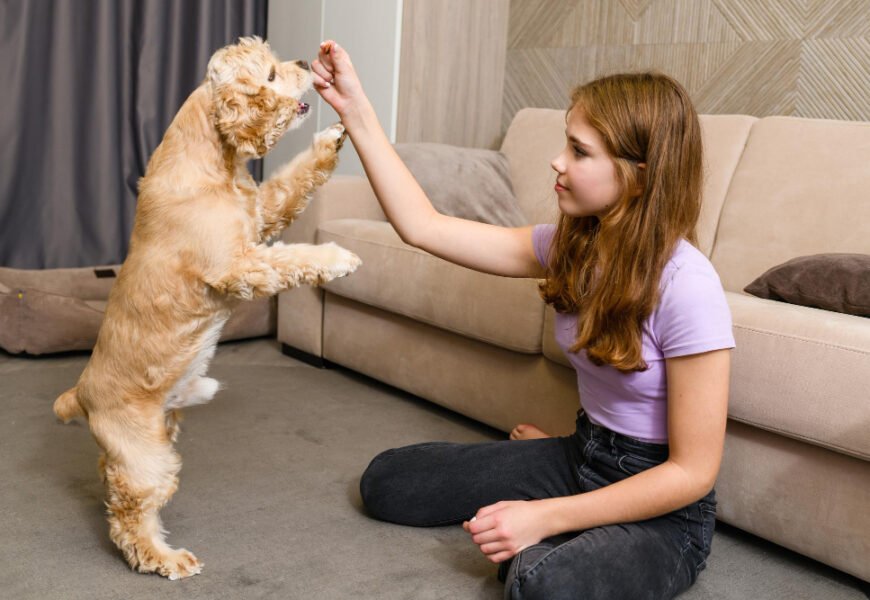Have you ever wondered what your furry companion is really trying to tell you? Turns out, they communicate volumes through their body language! Learning to read these subtle cues is like getting a cheat sheet to understanding their emotions.
“The greatest pleasure of a dog is that you may make a fool of yourself with him and not only will he not scold you, but he will make a fool of himself too.” – Samuel Butler
Tails and What They Tell
- High and stiff: High alert mode! Something unusual has their attention.
- Slow wagging with a relaxed body: Hello there, I’m feeling friendly.
- Fast wagging, especially with hip wiggles: Pure, unfiltered joy!
- Tucked between the legs: Fear, anxiety, or submission.
Ear-ography 101
- Upright and forward: Intense focus or curiosity.
- Pinned back against the head: Submission, fear, or extreme anxiety.
- One ear up, one down: Quizzical! Maybe they heard a strange noise.
Eye Spy
- Large pupils: Could mean excitement, fear, or heightened arousal.
- Hard stare: A challenge or sign of aggression – proceed with caution!
- Soft, relaxed eyes: Contentment and trust.
- Avoiding eye contact: Submission, or a sign they’re uncomfortable.
All About the Mouth
- Relaxed, maybe with a subtle ‘smile’: A happy, content friend.
- Lips pulled back tightly, teeth showing: This is a serious warning sign!
- Excessive licking of lips: Nervous or feeling threatened.
- Yawning: Could be sleepy, but also might be a sign of stress or anxiety.
The Whole Picture
- Play bow (dogs): Forelegs down, rear end up – an invitation to play!
- Whale eye (dogs): Showing a lot of the whites of their eye – stressed or concerned.
- Crouching low: Fearful or trying to be submissive.
- Rolling on their back: Could be playful, or a sign of submission in certain situations.
- Hackles raised (fur on back standing up): Feeling threatened or agitated.
Important Things to Remember
- Context is everything! The same body language can have different meanings depending on the situation.
- Every pet is different. Subtle cues might vary, so get to know your pet’s individual quirks.
- Sudden changes in body language could be a red flag for illness or injury.
Why This Matters
Understanding your pet’s body language lets you:
- Build a stronger bond by responding appropriately to their emotional needs.
- Prevent misunderstandings that might lead to bites or scratches.
- Spot potential problems early, whether they’re scared or feeling under the weather.
The Takeaway
Our pets are constantly “talking” to us. Learning to decipher their body language strengthens our connection in ways words alone can’t. Imagine the possibilities when you start to see the world from their perspective!









